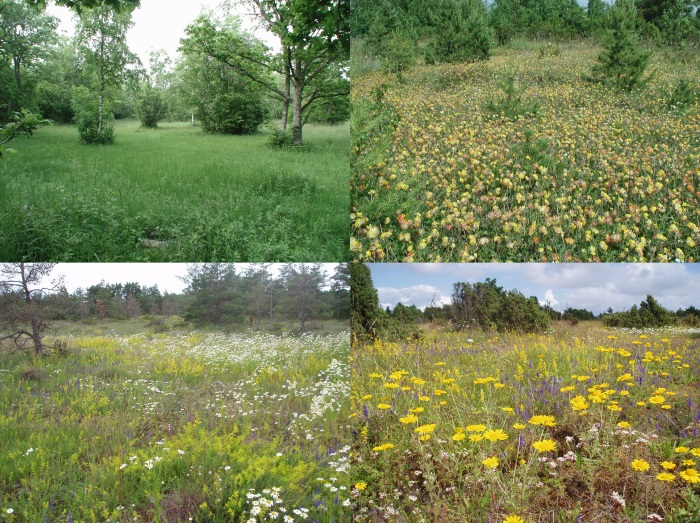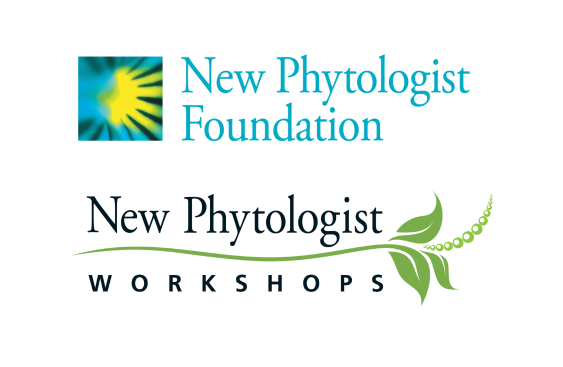Goal
This workshop aims to bring together researchers from the fields of plant and arbuscular mycorrhizal (AM) fungal community ecology. Recent and ongoing research in both fields is uncovering macroecological patterns of plant and AM fungal biodiversity, respectively. Specifically, the concept of dark diversity, addressing species which potentially occur in a given ecosystem but are actually not there, developed on the basis of plant diversity, has proven useful in understanding diversity patterns and estimating diversity changes. The workshop will extend this concept to the plant symbiotic AM fungi, and will explore in this light whether the symbiotic partners’—host plants and AM fungi—dark diversity patterns are related to each other.
Rationale and scope
Is it important to consider that some species are absent from the local species pool? Dark diversity concept posits so. Integrating the patterns of observed diversity and dark diversity (the absent species) of plants at the European scale has recently provided important new understanding about the processes shaping the local and regional species pools and describing regions with relatively more diverse (complete) local assemblages. Analysing functional traits of species in the observed and the dark diversity has revealed the importance of dispersal limitation at several spatial scales. However, so far there have been no studies linking the dark diversities of different taxonomic groups. With this workshop we aim to extend the dark diversity concept to the ecosystem level by targeting co-occurring symbiotic taxa from different trophic levels – the arbuscular mycorrhizal fungi and their host plants.
Recent progress in the computational methods for measuring dark diversity on the basis of species’ co-occurrence data now permits to address an important question, whether low diversity of organisms at one trophic level would limit diversity of organisms of another level. A particularly crucial symbiosis for functioning of many natural and man-made ecosystems is arbuscular mycorrhiza. With the growing availability and precision of distribution data of both the AM fungi and their host plants, plant-AM fungal co-variation is gaining fresh attention.
As the human influence on ecosystems intensifies, understanding how crucial ecosystem components, the primary producers and their main symbionts co-vary in habitats under different land use regimes is of acute importance. Potential symbiont limitation of rare natural plants or even of cultivated plants needs attention in the increasingly fragmented landscapes under growing invasion pressure and human impacts. This workshop intends to shed light on these aspects via description of the dark diversity patterns of co-occurring AM fungi and AM plants using the recent data from Europe.

Organising Committee
Maarja Öpik, Martin Zobel, Meelis Pärtel (University of Tartu, Estonia)


